Whether it’s a torn nail from a zoomies mishap or a scuffle at the dog park, pet injuries tend to happen when you least expect them. One minute everything’s fine—the next, your dog is limping, or your cat is hiding and refusing dinner. While some accidents are minor, others require immediate veterinary care.
At Animal Urgent Care of Oconomowoc, we see everything from broken bones to bite wounds, and we know how overwhelming it can be in the moment. This guide will walk you through the most common causes of pet injuries, how to respond when they happen, and how to reduce the risk in the future.
Everyday Accidents That Can Lead to Injuries
You don’t need to be negligent to find yourself in an emergency vet clinic. Many common injuries happen during normal daily activities or routine play.
1. Falls and Jumping Injuries
Slippery floors, missed landings, or overly enthusiastic leaps off the couch can lead to fractures, sprains, or luxations. Small-breed dogs and cats are especially prone to injuries from high-impact landings. Broken bones in dogs are painful and may require surgery, while conditions like patellar luxation can be made worse by repeated trauma.
2. Dog Park or Group Play Mishaps
Rough play can escalate quickly, even among friendly dogs. Common injuries include bite wounds, muscle strains, and joint sprains. Always watch for signs of discomfort or limping after group play. Bite wounds can look minor on the surface but often lead to infection if untreated. Before your next visit, check out these tips on safe group play and dog park readiness.
3. Cracked or Torn Nails
A torn nail may not seem serious, but it can be incredibly painful and messy- and lead to infection if ignored. This guide offers practical advice on identifying and managing nail injuries.
4. Foxtails and Environmental Hazards
Those seemingly innocent grass awns (known as foxtails) can burrow into your pet’s skin, ears, or nose. Left untreated, they can cause serious internal infections. Learn more about foxtail dangers from UC Davis Veterinary Medicine.
5. Bite Wounds from Other Animals
Injuries from other animals—whether from play, fights, or wildlife encounters—are one of the most common reasons pets end up in urgent care. Puncture wounds may seem small but can cause abscesses, especially in cats. Purina breaks down cat abscess symptoms, including swelling, lethargy, and loss of appetite.
6. Fractured Teeth
Hard toys, antlers, or falls can lead to fractured teeth, exposing the nerve and causing significant pain. The team at Today’s Veterinary Practice outlines how fractured teeth are diagnosed and treated, often requiring extraction or root canal therapy.
7. Household Hazards
Everyday items like medications, cleaning products, and human food can quickly become dangerous if ingested. The FDA’s list of potentially harmful items is worth reviewing, and this AAHA guide offers tips on what to keep out of paw’s reach.
How to Respond When an Accident Happens
In the moment, it’s easy to panic. But taking calm, decisive action can help minimize your pet’s pain and improve their outcome.
Immediate Steps:
- Ensure safety. Move your pet away from the source of danger (traffic, other animals, sharp objects).
- Approach slowly. Injured pets may lash out even if they’ve never done so before.
- Stop bleeding. Apply clean, firm pressure with a towel or gauze pad.
- Avoid unnecessary movement. Carry your pet in a crate, towel sling, or carrier when transporting.
- Do not give human medication. Many painkillers are toxic to pets.
Wondering if it’s an emergency? Use this AAHA checklist to evaluate the urgency—or better yet, call us. We’re happy to talk it through.
You can also refer to the AVMA’s emergency care resources for additional guidance on when to seek immediate care.
When to Seek Veterinary Attention
Here are situations that always warrant a visit to urgent care:
- Limping that lasts more than 24 hours
- Active bleeding that doesn’t stop with pressure
- Suspected broken bone
- Exposure to toxins or foreign objects
- Swelling or heat at a bite or wound site
- Labored breathing, collapse, or unresponsiveness
- Fractured or bleeding nails
- Painful or discolored teeth following trauma
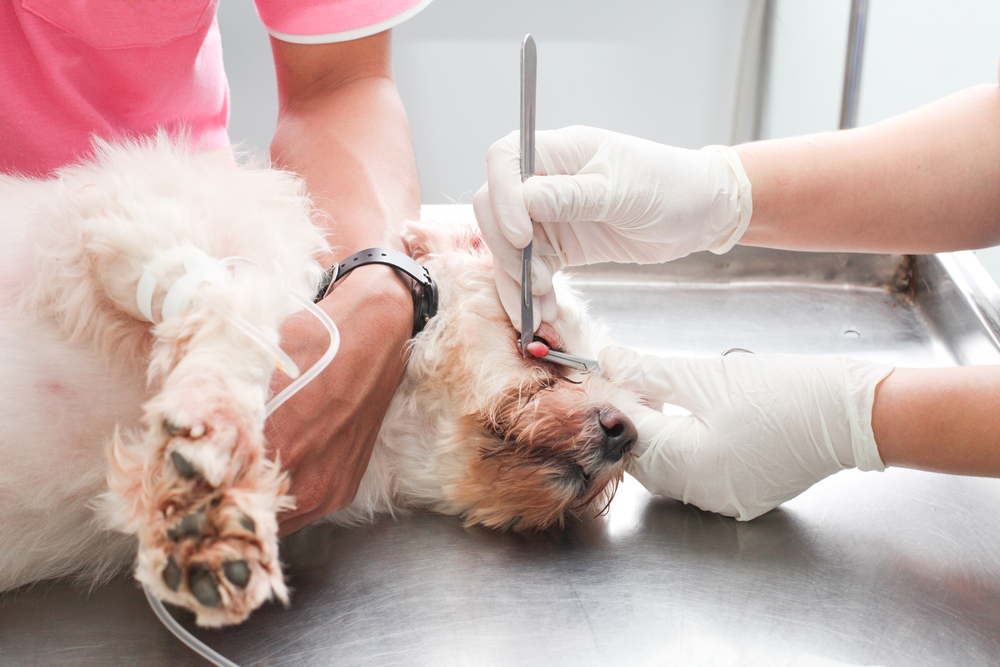
Preventing Pet Injuries at Home and Outdoors
While you can’t prevent every accident, there’s a lot you can do to lower the risk.
Pet-Proof Your Space
- Remove or secure sharp objects, electrical cords, and small ingestible items
- Use gates to restrict access to stairs or dangerous rooms
- Store medications and cleaning products out of reach
Start with these essential pet-proofing tips from AAHA.
Play It Safe Outside
- Keep dogs on leash during walks
- Avoid rough play with unfamiliar dogs
- Check for foxtails or debris after hikes or yard time
- Monitor your pet’s activity after group play
Consider enrolling in a first aid class for pets through the Red Cross to feel more confident responding to accidents when they happen.
FAQ: Common Concerns After a Pet Injury
Can I treat a torn nail at home?
Mild nail cracks may be manageable, but deeper tears or bleeding nails should be seen by a vet.
What if my cat was bitten but seems fine?
Cat bites often lead to abscesses that form 24 to 72 hours later. Watch for swelling, lethargy, or lack of appetite.
My dog started limping after play—should I wait it out?
Limping can signal anything from a sprain to a fracture. If it lasts more than a few hours or worsens, have it checked out.
You’re Not Alone—We’re Here to Help
Accidents happen, but fast action and informed decisions can change the outcome. Whether it’s a cracked tooth, a twisted leg, or a surprise scuffle, our team at Animal Urgent Care of Oconomowoc is here to support you and your pet every step of the way.
If you’re dealing with an injury—or just have questions—reach out to us today. You don’t need to navigate an emergency alone.

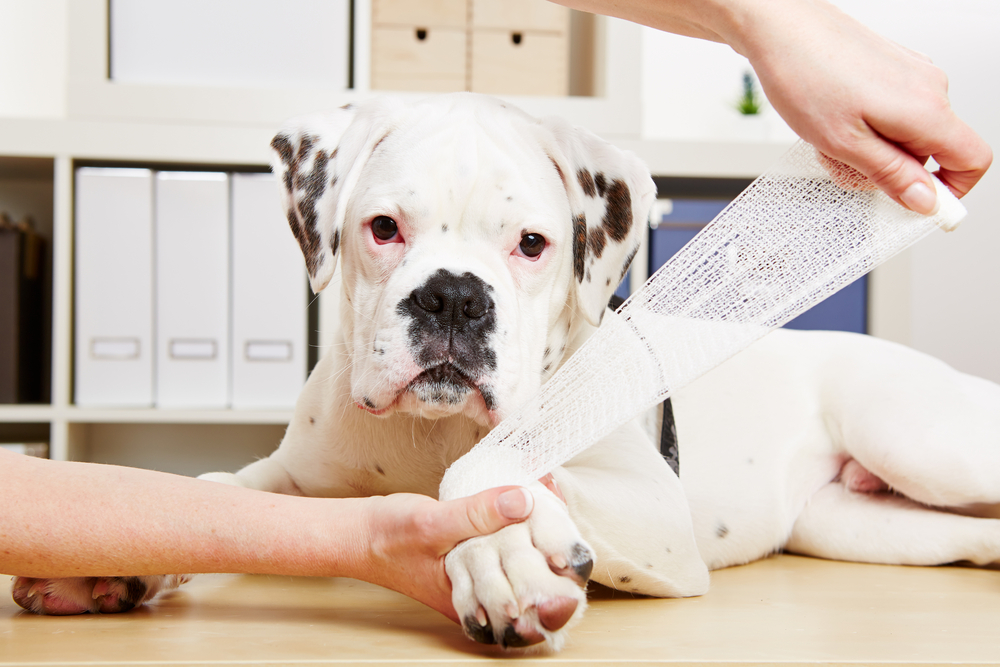
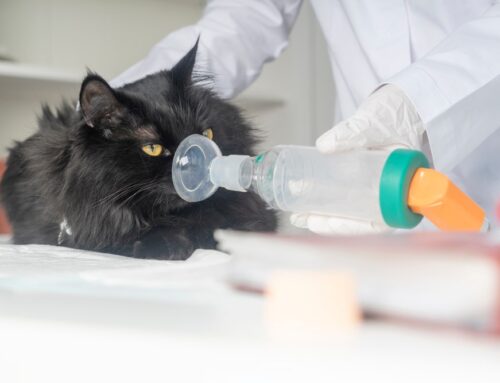
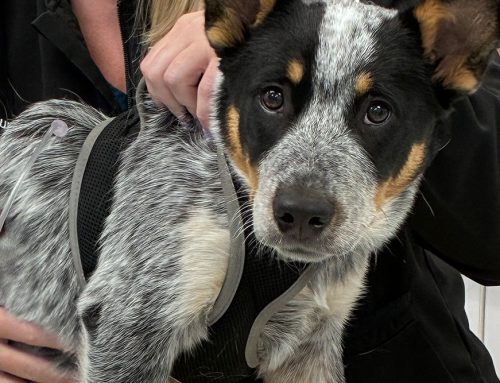
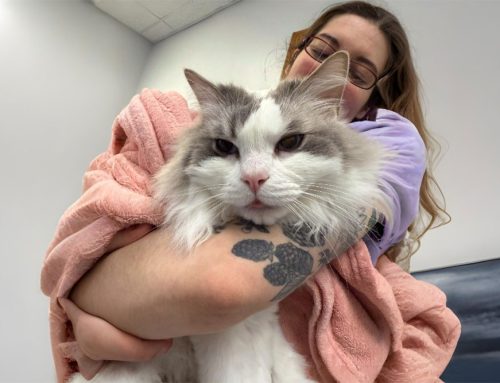


Leave A Comment